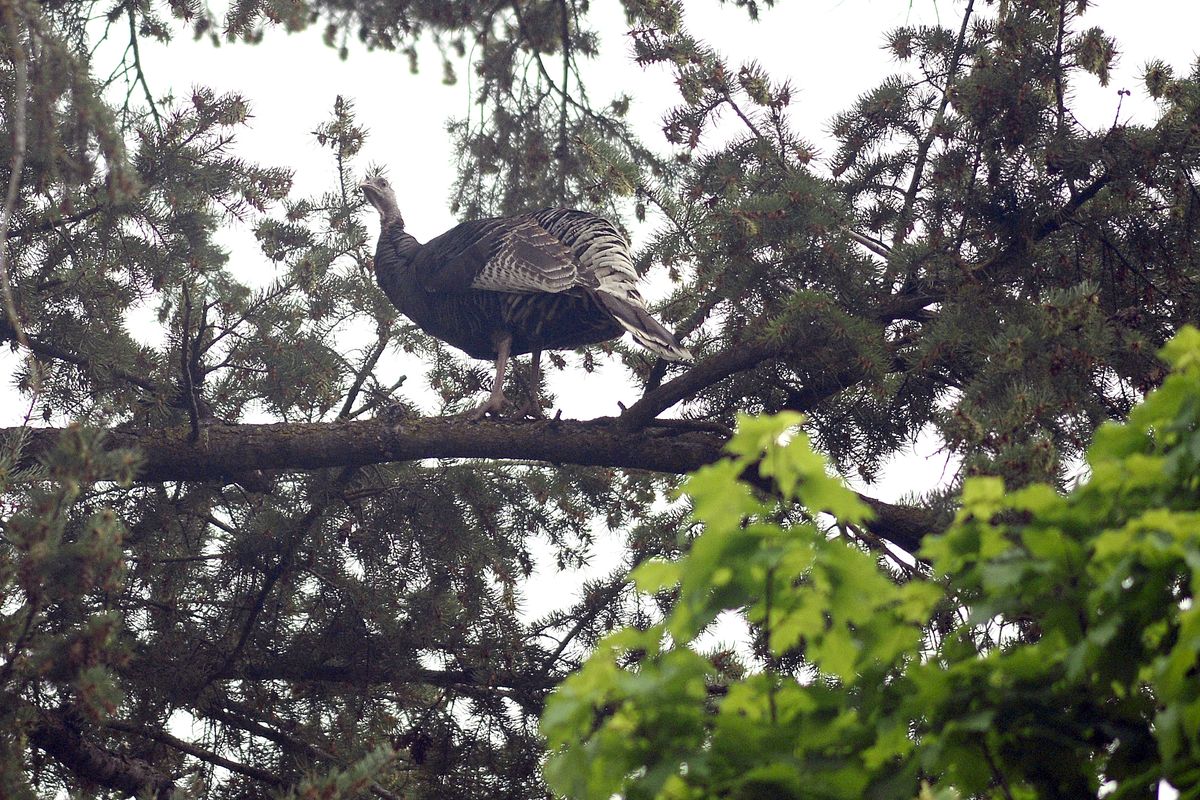Water Cooler: Needle drop: what’s normal and when to worry

Although evergreens are known for their ability to stay green and vibrant year round, evergreens still transition into the colder months just like deciduous trees. The most noticeable way they adapt is by dropping their old needles.
Depending on the species of evergreen, needle drop can happen at variable rates. Some trees like pines drop needles after three years, whereas spruce needles can live for up to 10 years before dropping. Some evergreens will look more sparse than others depending on how much new growth they have to hide the old and dropping needles.
During seasonal needle drop, the innermost needles will turn brown and drop. If you have lived in the same spot for more than a year or two, you can observe how much needle drop is normal for your trees during the transition from fall to winter.
This will help you differentiate between normal seasonal needle loss and needle loss that indicates poor tree health. Here are some conditions to watch for that may first appear as seasonal needle drop.
Mites
If you notice needles, attached or dropped, that appear speckled, yellow or brown, wilted or curled, the tree may have a mite infestation. There may be visible webbing with a heavy infestation. If you shake the branch, you may be able to see the mites. They appear as small brown or black specks. Mites thrive on trees that are stressed or weak, but a healthy tree should be able to survive the infestation. Use a high pressure hose to rinse out mites and dead foliage and water regularly. Consider testing and adjusting the soil. Chemical treatments are available for heavy and persistent infestations.
Fungal disease
Discoloration and early drop may be a sign of fungus. Purple or rust coloration and cankers covered in resin, especially on the lower branches, will let you know that this is more than seasonal drop. Visible fruiting bodies of fungus can appear as black dots. Turning yellow around midsummer and shedding several years of needle growth at once can also indicate fungal disease. Treatment often entails pruning of unhealthy branches and overall rehabilitation of the health of the tree, as well as the application of fungicide.
Root damage
Needle drop or discoloration from damage to the roots tends to appear on the side of the tree it is closest to. Sparse leaves, branch dieback, early fall color and scorch can also be signs of stress within the root system. Aerating, feeding and watering the soil around the tree and near the suspected area of damage can help the roots heal. Provide props to support healthy growth if the tree is leaning or seems unstable.
Winter damage
As much as trees prepare themselves for winter, extreme or harsh conditions can damage the tree. Summer stress, such as the current drought in Eastern Washington and North Idaho, can set the tree at higher risk of winter damage because it limits the tree from developing a thick coating of wax on the needles. Wax formation relies on the rainfall and favorable temperatures of the spring , as well as proper nutrition through the growing season. Needle loss alongside broken limbs, loss of or damaged bark, and discolored or browned needles can be signs of winter injury.
Supporting a healthy growing season is the best prevention, but vulnerable trees can also benefit from burlap coverings to shield against extreme winds and low temperatures.